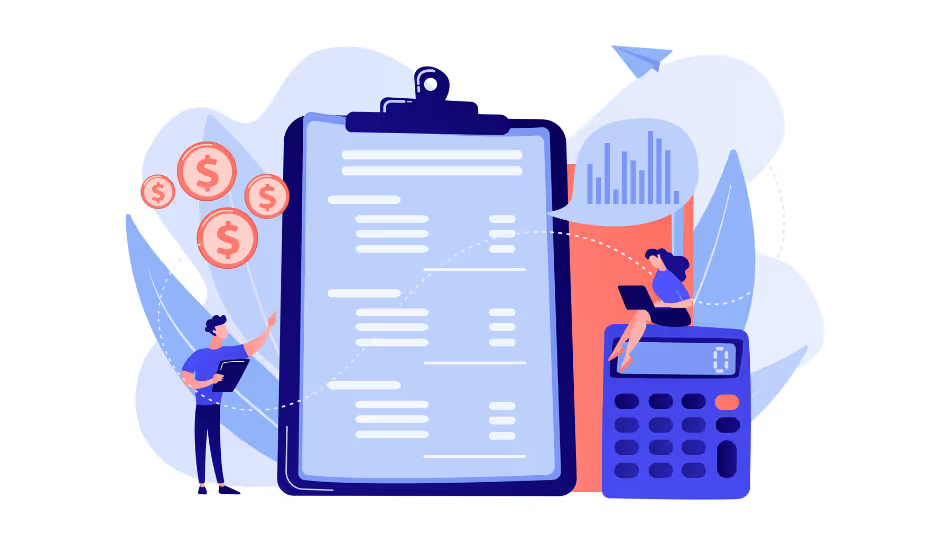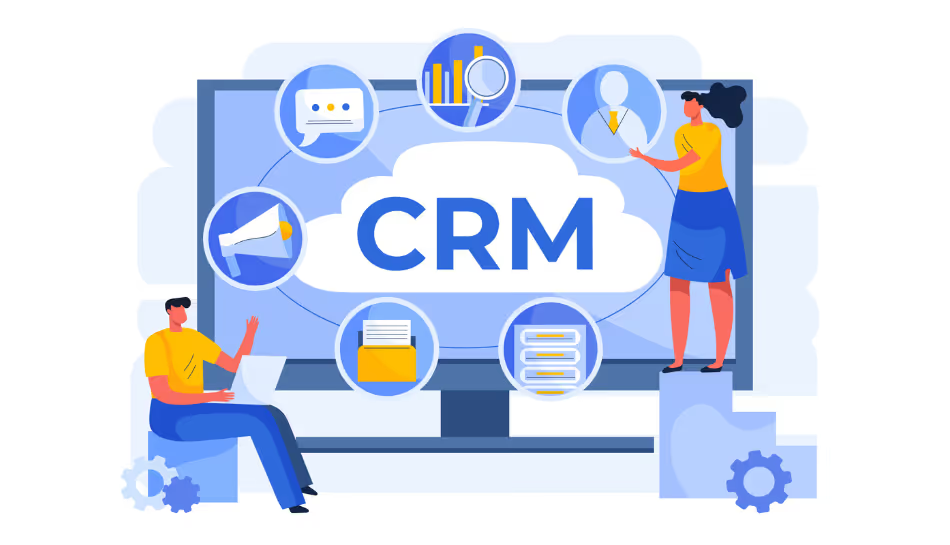
One of the most crucial financial statements in accounting is the balance sheet. It offers a quick overview of the equity, liabilities, and assets of a business at a certain moment in time. By showing what a business owns and owes, the balance sheet helps stakeholders assess financial health and stability.
A lot of companies and investors frequently wonder what a balance sheet is and what kinds of balance sheets there are. To answer this, let’s explore its formats and variations, along with its importance in financial accounting.
What is a Balance Sheet?
A balance sheet in financial accounting is a structured report that follows the basic equation:
Assets = Liabilities + Shareholders’ Equity
It ensures that every resource owned by the business (assets) is funded either by borrowing (liabilities) or by the owners’ investments (equity). The balance sheet records a single point in time in the company's financial status, as opposed to a profit and loss statement, which follows performance over time.
Balance Sheet Formats
There are two commonly used balance sheet formats:
- Account Format – Presents assets on the left side and liabilities plus equity on the right, like a T-account in ledgers.
- Report Format – Lists assets on the top followed by liabilities and equity in sequence, commonly used in modern reporting.
Different Types of Balance Sheets
Businesses use various types of balance sheets depending on their needs and the purpose of reporting. Here are the main categories:
- Classified Balance Sheet
This is the most widely used type. The distinction between current and non-current assets and liabilities aids users in comprehending liquidity and long-term commitments. - Consolidated Balance Sheet
A consolidated balance sheet combines the financial positions of a parent company and its subsidiaries. It provides a complete picture of the entire group’s financial standing. - Comparative Balance Sheet
This kind allows for trend analysis and performance comparison across time by displaying balance sheets from two or more periods side by side. - Common-Size Balance Sheet
All items are expressed as percentages of total assets. Comparing businesses of various sizes and monitoring internal structural changes are made simpler as a result. - Trial Balance Sheet
Although technically not the same as a balance sheet, many small businesses refer to the trial balance sheet as a way to check if total debits equal total credits before preparing final accounts. - Cash Balance Sheet
A cash balance sheet focuses mainly on cash and cash equivalents. It is often used by businesses that prioritize liquidity tracking. - Cash Flow Balance Sheet
This type, in contrast to the ordinary version, focusses on the inflow and outflow of cash from the company. It links closely with the cash flow statement, giving deeper insights into liquidity. - Ledger Balance Sheet
A ledger balance sheet is derived directly from the general ledger, often used internally for reconciliations and auditing purposes. - Profit and Loss Balance Sheet
This is not a standard term in accounting, but some businesses use it to describe a combined view of the profit and loss account along with the balance sheet for quick performance review.
Importance of Balance Sheet
The importance of balance sheet lies in its ability to:
- Assess financial health by showing assets, debts, and equity.
- Support decision-making for management, investors, and lenders.
- Help calculate financial ratios like debt-to-equity or current ratio.
- Provide transparency and accountability in financial accounting.
Financial reporting is based on a balance sheet, income statement, and cash flow statement.
Final Thoughts
Understanding the different types of balance sheets helps businesses choose the right approach for their reporting needs. From consolidated balance sheets for corporate groups to cash balance sheets for liquidity monitoring, each format serves a unique purpose.
For stakeholders, a well-prepared accounting balance sheet is more than just numbers. It is a powerful tool that highlights stability, risks, and growth opportunities, making it one of the most critical reports in financial accounting.

